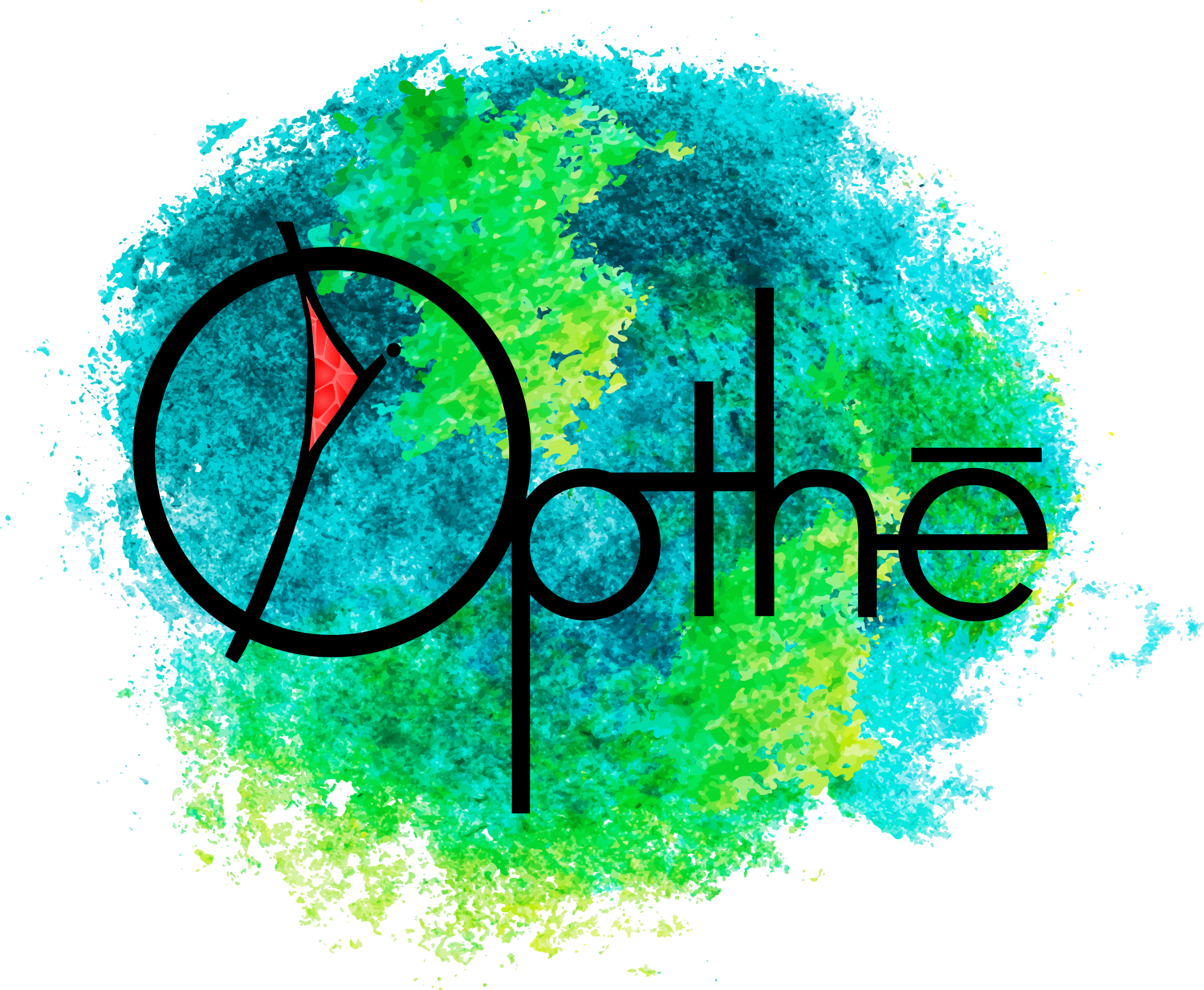There is a deep illusion that haunts modern consciousness: the belief that we can access reality directly, without translation, without symbol, without metaphor. This illusion does not come from science—science knows better. It comes from a cultural myth masquerading as rationality: the idea that language can name things exactly, that truth can be handled raw, and that meaning is a fixed substance waiting to be discovered.
Opthē begins with a different premise: that all human knowledge is mediated. Our perception, our cognition, our communication—even our memories—are filtered through structures of metaphor. We do not see "what is." We see what has been framed, named, and given to us by culture, body, and mind. And yet this does not make our knowledge false. It makes it human. It makes it sacred.
Metaphor is not a veil over truth. It is the architecture by which truth becomes inhabitable. Like the scaffolding of a sacred site, metaphor is what allows us to ascend into meaning, without mistaking the scaffolding for the sky.
We are the storytelling animal, yes—but more than that, we are the animal that lives inside its stories. We build them out of flesh and symbol, out of myth and metaphor, and then we walk around inside them as if they were stone. We make temples, not to things that are "true," but to things that matter.
To insist on a naked, unmediated "reality" is to miss what it means to be human. There is no God behind the curtain, no raw truth outside the frame. There is only what we recognize, together, as sacred. And recognition always requires form.
This is why Opthē does not discard ritual, symbol, or sacred story. It refuses to confuse metaphor with reality, yes—but it also refuses to abandon the scaffolding. Because if you remove every illusion, what you are left with is not the Real. It is collapse.
To see through the symbol and still revere the form—this is the maturity of sacred life.
Opthē invites us not to escape the metaphor, but to remake it with eyes open. To take up the tools of sacred architecture and build with reverence, not certainty. We do not worship the metaphor. But we do need it.
Because without metaphor, there is no meaning.
Without meaning, no coherence.
And without coherence—there is no reality at all.

